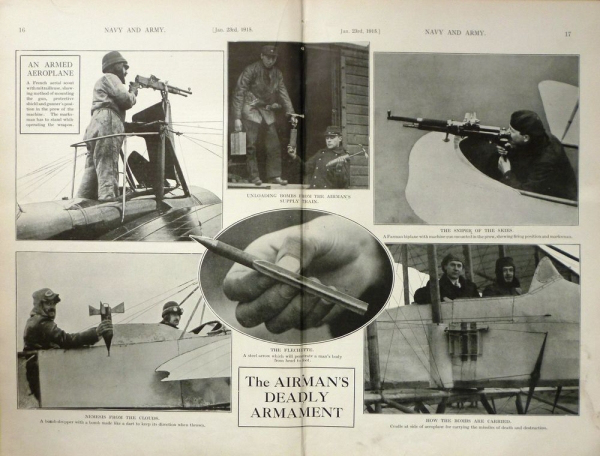
French aviators dropped the arrows or Flechettes which when released on an unsuspecting soldier could piece his body from head to foot. What did a flechette look like? Well, a photograph appeared in The War Illustrated on 23rd January 1915, with a description of one.
The steel arrows were packed in boxes of 500 and placed over a hole in the floor of the aircraft. When over the target the flechettes were released in a stream, simply by pulling a string! When they hit the ground, the arrows covered an area of about fifty yards by ten yards.
In 1915, Mr. C. G. Grey the editor of The Aeroplane commented, “A friend of mine was at the military aerodrome at St. Cyr some little time ago, when some of these arrows were being tested, with an unfortunate cow as the enemy, about three arrows struck the cow, and went clean through her into the ground, after which the cow died quite suddenly.’
The editor of The Aeroplane also told his readers about a “German surgical paper”, which had devoted a long article about the effect of the flechette on troops. The report said. “If one hits a man on the head it will go straight through his helmet into his brain.” However, just as fatal was a hit on the shoulder by one of the steel arrows. The report continued, “it will probably glance off the shoulder blade and go straight through the lungs, and get mixed up with other parts of the anatomy.” Via
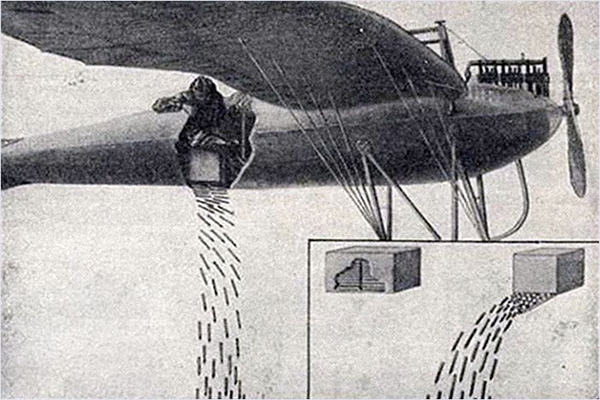
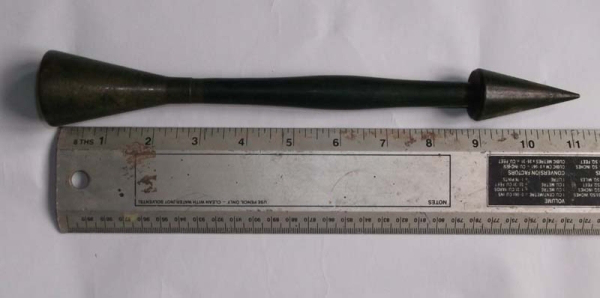
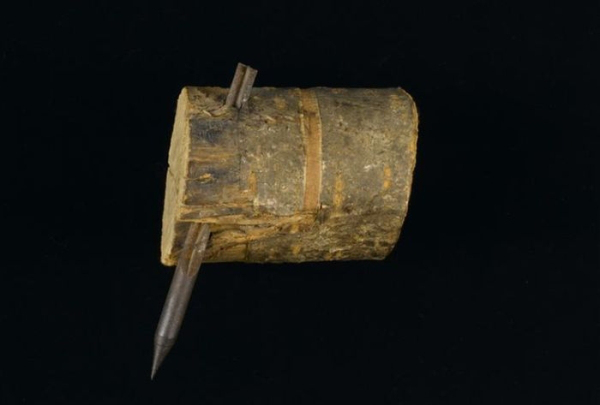
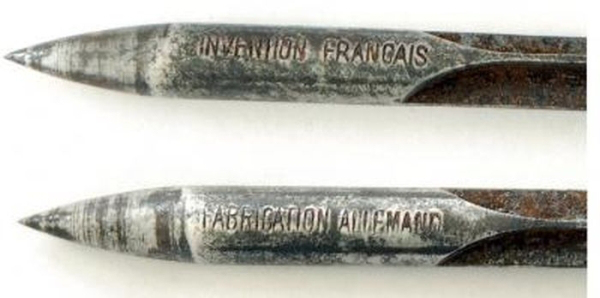
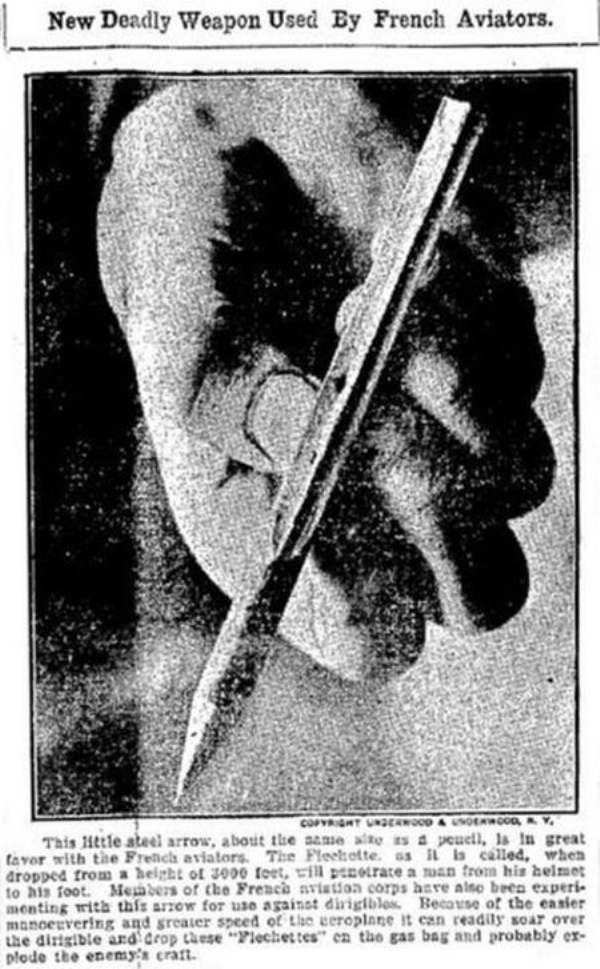
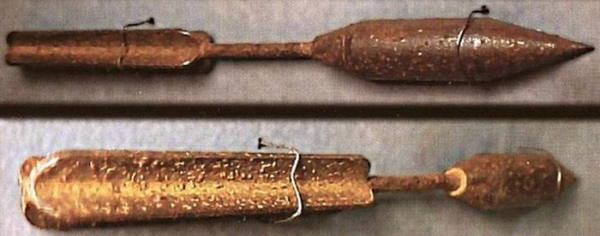
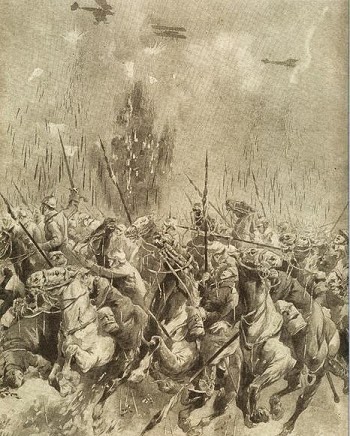
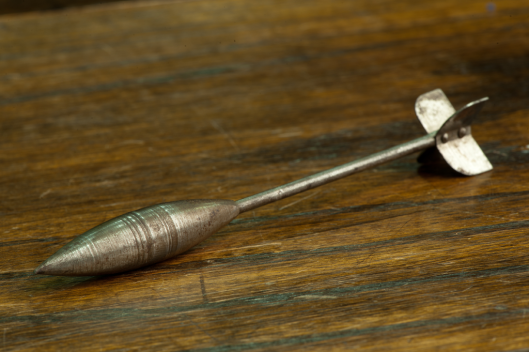
One German soldier, who had been on the receiving end of a steel arrow attack said, “that if there was any arrow-dropping going on it was actually safer to be flat on the ground, because although one covers a greater area the area the arrow which does hit home will have less chance of going through several organs.”
In early 1915, Mr Grey said that in view of the uncertainly of hitting a man with the much larger missile, the bomb, it was hardly likely that the flechette will prove a weapon of “any serious consequence in the war.” As the conflict progressed, little more was heard of the flechette. However, its use was recorded on a postcard by an artist’s impression.
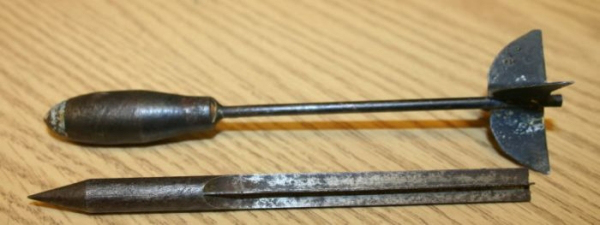
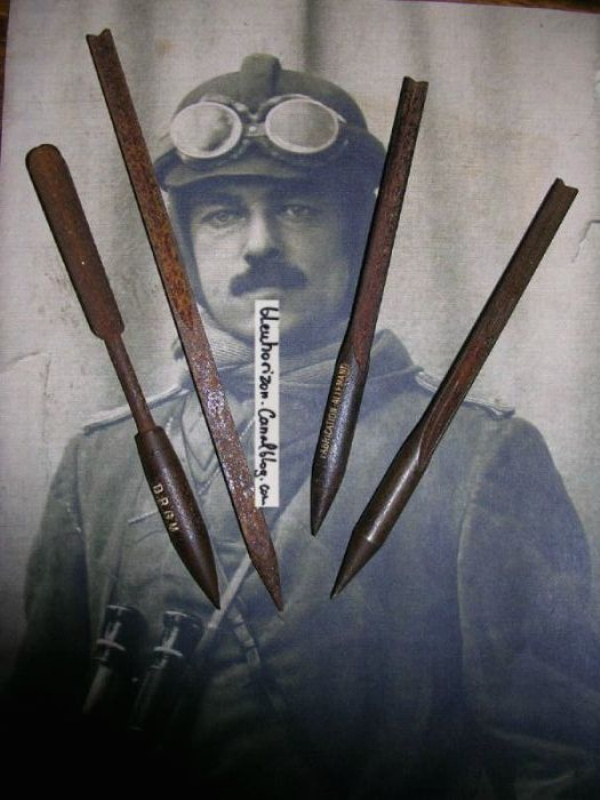
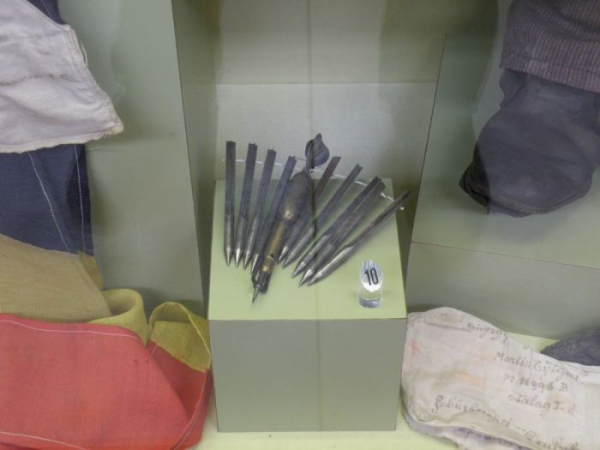
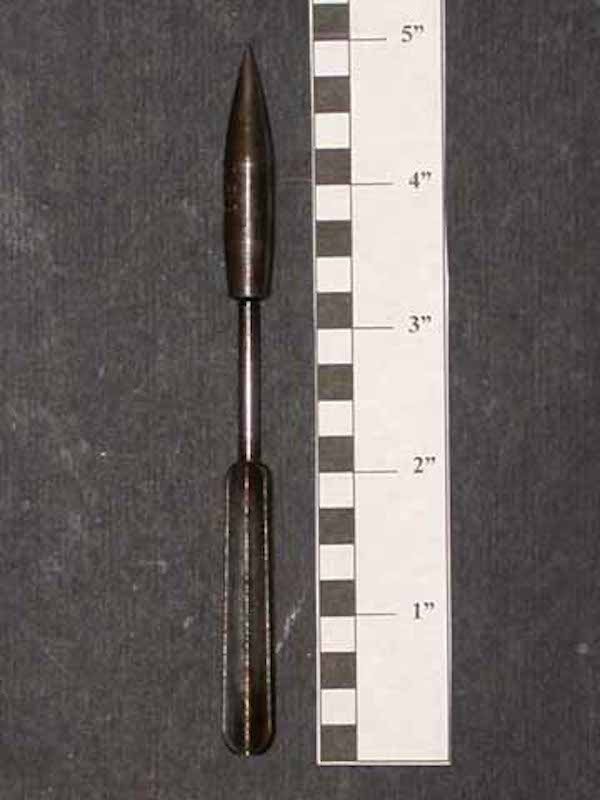
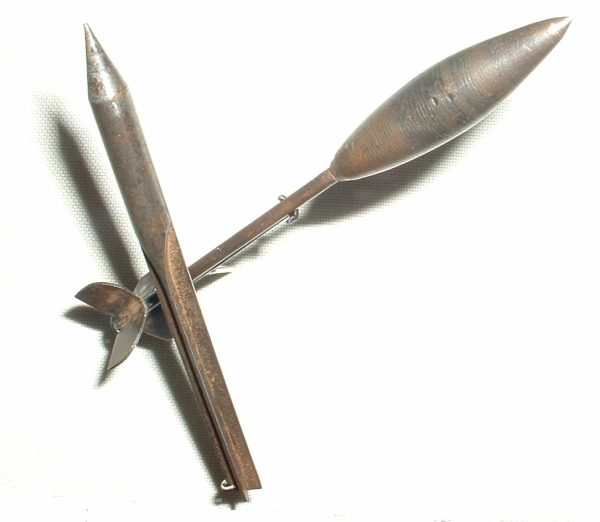

During the Vietnam War the United States employed 12 gauge combat shotguns that were used with flechette loads that consisted of around 20 flechettes per shell.
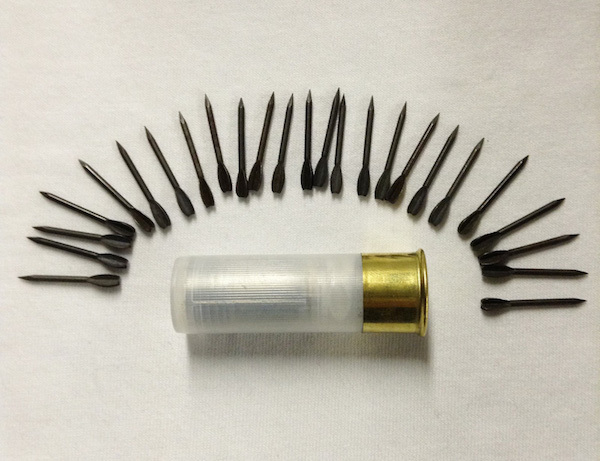
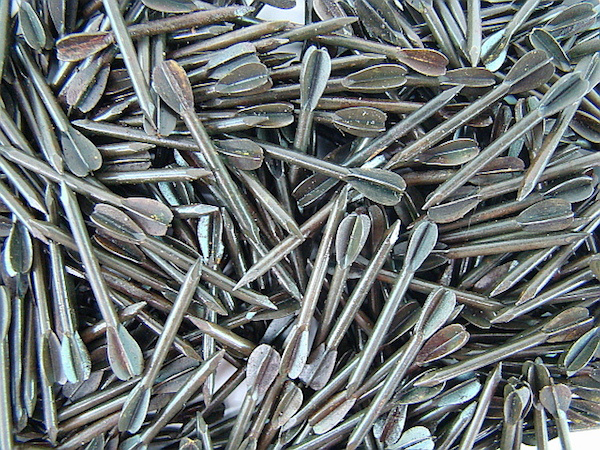
The 70 mm Hydra 70 rocket currently in service with the US Armed forces can be fitted with an anti-personnel (APERS) warhead containing 96 flechettes. They are carried by attack helicopters such as the AH-64 Apache and the AH-1 Cobra.
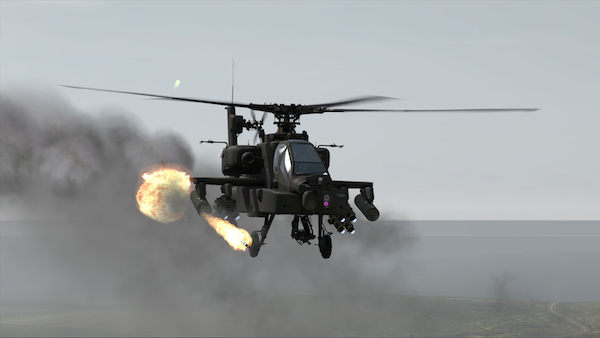
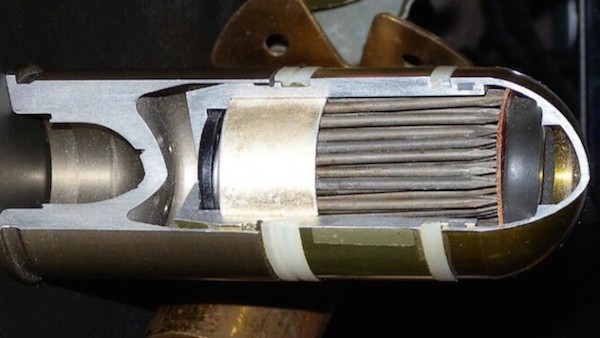

Δεν υπάρχουν σχόλια:
Δημοσίευση σχολίου